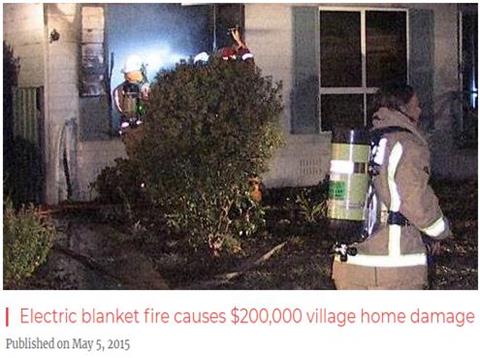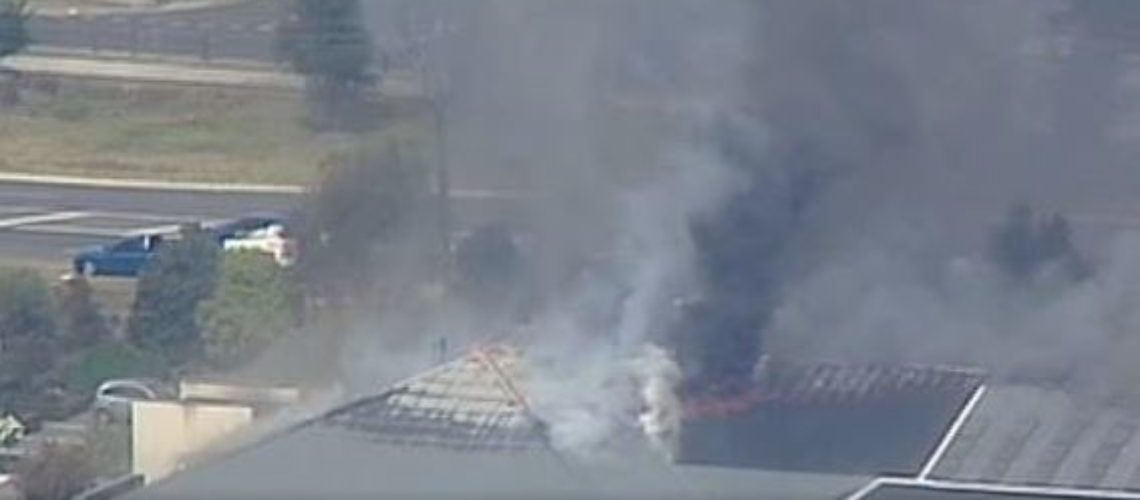Evacuating residents, especially in events like fires, was a big subject at the Kathryn Greiner retirement village enquiry in New South Wales last year.
At the Wollongong session we attended, a resident in a wheelchair who lives in fifth floor village apartment stated he would be ‘toast’ in a fire because the lifts would not work, and nobody had responsibility to collect him.
Remember, 60% of villages are over 25 years of age and if we are honest with ourselves, highly combustible. Last week in a rural Fire service training session we were told it takes just 10 minutes for the average house to be fully ablaze.
We report in The SOURCE at least five fires in villages a year – especially in winter.
Regulators are onto this, and the operator’s obligation to ensure that the village has appropriate emergency evacuation procedures/plan, and that residents are aware of them.

‘Aware’ means really aware; they know what they have to do.
Emergency plans don’t have to be lengthy or complex. They should be easy to understand and tailored to your village.
If you do not have an Emergency Plan, it is worthwhile working out a serious one. If you are a member of the DCM Institute we can assist you with the documentation and also engaging with the residents so it is a positive experience.
In the meantime here are some points to think about:
- emergency contact details for key wardens, for example fire wardens, and first aid officers
- note down and share specific roles and responsibilities with each of them
- list contact details for local emergency services (police, fire brigade, poison information centre etc) and have that prominently available at reception and office
- create a process for alerting people of an emergency or possible emergency, for example a siren or bell alarm or door knocking procedure
- create a process and arrangements for assisting any hearing, vision or mobility-impaired people
- create a map of the village illustrating the location of fire protection equipment, emergency exits and assembly points
- identify triggers and processes for advising neighbours, and the operator about emergencies
- create a post-incident follow-up process, for example notifying the regulator, organising trauma counselling or medical treatment.
- create a schedule for testing the emergency plan, say every four months
Having a plan is only one part. The staff and residents must be aware of the plan, remembering the staff and residents change over time.
Practising the emergency evacuation plan is also vital. Remember many fires, electricity failures, floods etc occur at the most inconvenient times – at night and on the weekend!
The regulator and insurers will also look for evidence of ‘practice’!
Reminder: as a member of the DCM Institute village manager professional development program, you will receive the tools to develop an emergency plan specifically for your State regulations. You can learn more about membership HERE.

